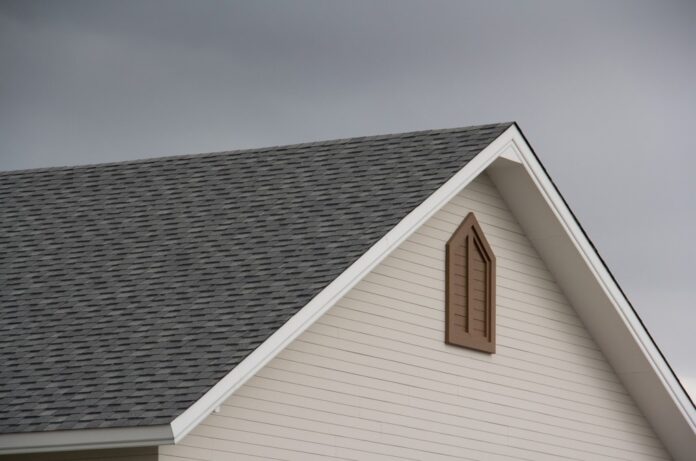Water and wind are your roof’s worst enemy. Roofs in regions like the Pacific Northwest can easily spring leaks due to the almost constant downpour of rain. However, there are steps you can take to ensure that your roof lasts through every storm for decades to come.
Take Care of Your Drainage System
It’s vital that you keep your roof gutters and downspouts clear of leaves and debris. If water builds up around the edge of the roof, it can damage the shingles and roof deck. This is especially true if it freezes and forms an ice dam. In the winter, you will want to watch out for ice dams in your gutters and downspouts. They can cause a lot of damage to your gutters and downspouts, as well as your roof itself.
Also, you need to ensure that the rainwater is directed away from your home’s foundation. You do not want water to accumulate around your foundation, that is not a good thing at all. You always want to make sure of this, as it is crucial to the lifespan and condition of your roof. Water buildup can damage the foundation too. You always want to be mindful of this as a homeowner. Being mindful about your roof will help you save a lot of hassle and headache.
Start With the Right Type of Roof
Some styles of roofs hold up under heavy rains better than others. If you’re building a new home, make sure the style of roof you choose is appropriate for a region with heavy rain. This is incredibly important for those that live in rainy climates. YOu want to be able to manage all that water effectively and without problems arising.
First of all, do not build a home with a flat roof in a region with heavy rains. The water will simply pool up on the roof and cause damage. A pitched roof with few seams and limited gables will hold up best under heavy rains. While features like skylights are attractive, they also add seams that can eventually leak. If you already own a home with a flat roof and live in a rainy area, there are still things you can do to help yourself.
The point of all this is that you want the rainwater to flow off the roof quickly. It needs to drain off through the roof gutters and downspouts away from the foundation. If it doesn’t it will eventually damage your roof and your foundation. Make sure your downspouts direct the water far enough away from the foundation of your home. Usually a few feet does the trick, but you can feel free to move it farther out if you want.
Get the Right Type of Roofing
If you live in a rainy place, such as the Pacific Northwest, your roof is likely pitched. Homes with flat roofs in regions like this are rare. So, if you’re planning on re-roofing your home, choosing the right type of roofing materials can ensure your roof will last. Some companies, like NJ Roofing, know just how true this is.
Asphalt shingles with a superior hale rating will hold up under extreme conditions better than cheap asphalt shingles. While metal roofing is best for regions with extreme weather, many neighborhood HOAs prohibit metal roofs. However, if you live in a rural area, choose metal roofing. It will not only hold up under heavy rains but also under high winds and snow.
Finally, choose a licensed and experienced roofing contractor. Quality workmanship will ensure that your roof can withstand years of storms without springing a leak.















